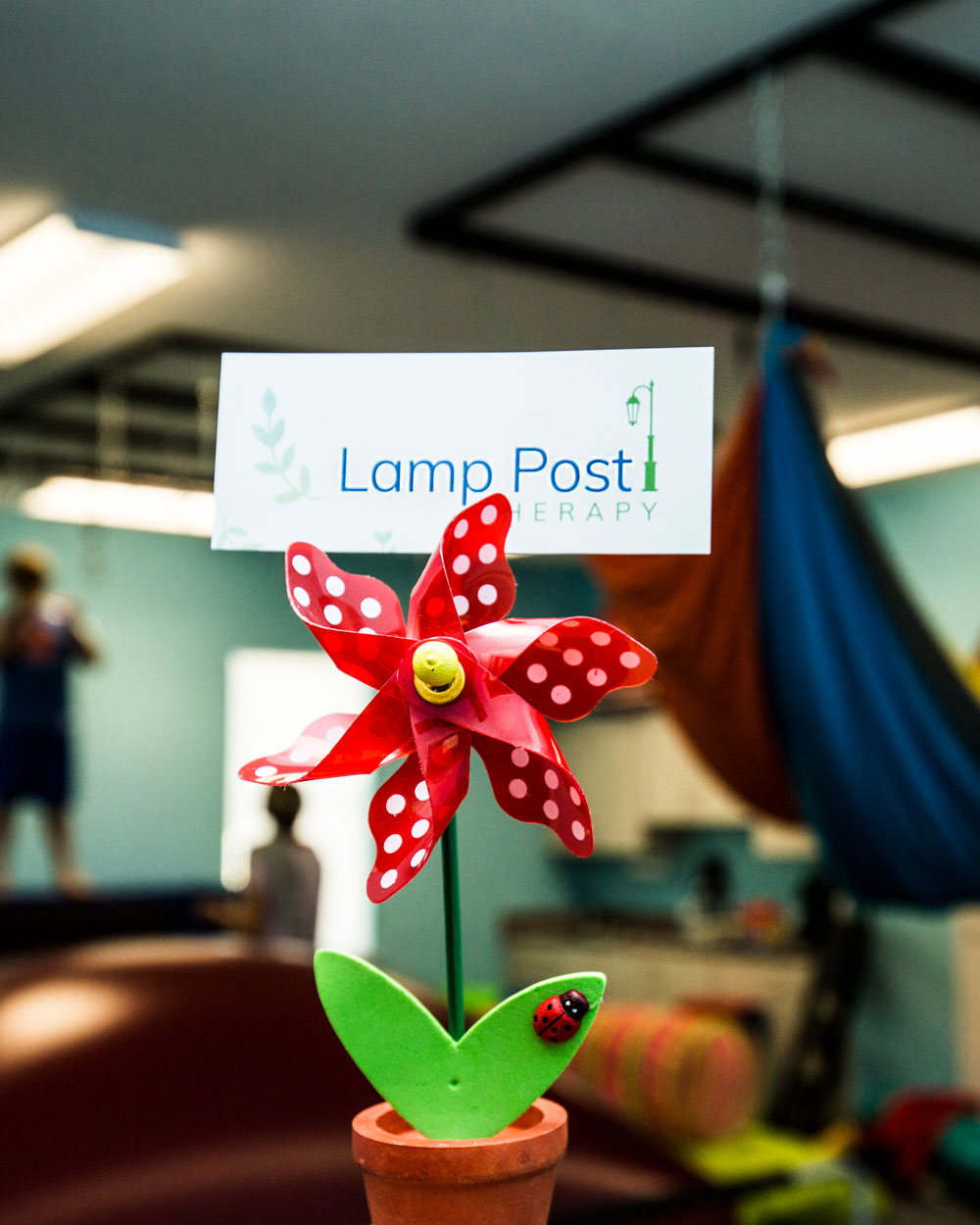Educators Resources
Sensory Processing Disorder for Educators
As an educator, you are hungry for greater understanding of sensory integration and with good reason. You intuitively know that sensory processing is some sort of key to learning, engaging, and success with academics. You couldn’t be more on target!
Sensory integration is about making neurological connections at foundational levels. Academic learning is making neurological connections at a higher level. Educators understand that a good foundation results in greater academic success. Because sensory input is how the nervous system receives information from the body and from the world around it, faulty sensory processing may result in faulty information processing. This would make learning in a classroom especially difficult.
We have listed some tips down below and if you’d like to continue learning about sensory integration in your classroom, please sign up with your email below:

How to Help
There is much you can do to assist a child struggling with sensory processing disorder. These suggestions will make a great difference in the life of your student.
Understanding
The great thing about educators like you is that they are always seeking to understand their students. Children with sensory processing problems are often misunderstood. Because sensory processing occurs at a hidden level, it is easy to fall into the behavioral trap because their behavior is what we see. Where sensory integration occurs is at an unconscious level of the brain making it difficult for your student to communicate what they are having a problem with. Your student may be afraid and frustrated at their predicament.
Knowing that behavior is a communication, is there for a reason, and comes in all shapes and sizes. It is worth investigating and listening to your student. Asking the question of “what is the behavior trying to tell me?” will help you gain better understanding, the trust of your student, and find better solutions.
Referral/Suggestion to Parent for an Evaluation
Referral/Suggestion to Parent for an Evaluation by an Occupational Therapist with experience and training in Sensory Integration like the Lamp Post.
It takes great courage to approach a parent with this kind of suggestion. You never know how a parent will respond. They may be shocked, in denial, or upset with you. They may also be relieved that someone else has seen that their child is struggling and grateful for someone who can point them in the right direction for help. Stay kind and positive keeping the child’s needs first and foremost. After all, you are not just a teacher of academics and curriculum, but a teacher in taking courage to help others.
Keep an Open Mindset to Adaptation
Whether we know it or not, we generally set up our environments and processes in a way that help us get things accomplished. Nothing wrong with that of course! However, sometimes what works for us does not always make sense for others. When we are open to adapting our classrooms and processes within our classrooms we may be surprised to find a new, better way for everyone.
Give Feedback to the OT
Lamp Post occupational therapists want to support you in your classroom and work with you to find out what recommendations will work best for your students in your classroom. It may take some trial and error to find what will be the most effective adaptations so be sure to offer the OT as specific of feedback as you can. Each tweak and every adjustment helps you understand your student and brings you both closer to celebrating academic success together.
Be an Encourager
You probably wouldn’t be an educator if you weren’t a good encourager! When it comes to students with a sensory processing disorder, encouragement becomes even more important. Children rarely know why they are struggling and can sense when adults are disappointed. Their self esteem and self worth can be effected setting them up for social and emotional struggles.
Give specific feedback. Help them to know what they are good at. Ask open ended questions to find solutions. You can be the encourager that moves a students trajectory.
Join Our Email List
Learn more about sensory integration, teaching through the senses, and classroom ideas.

